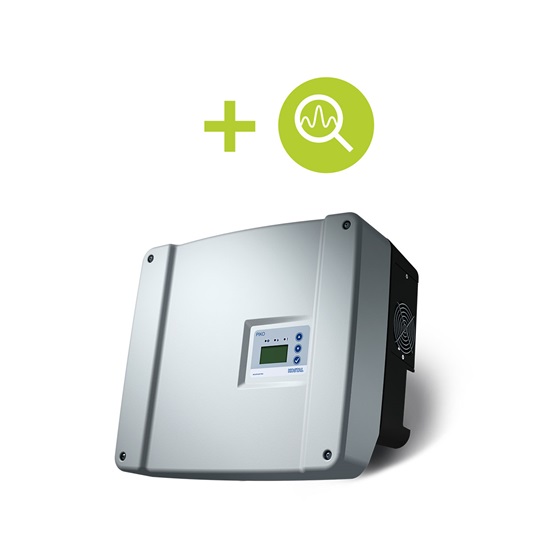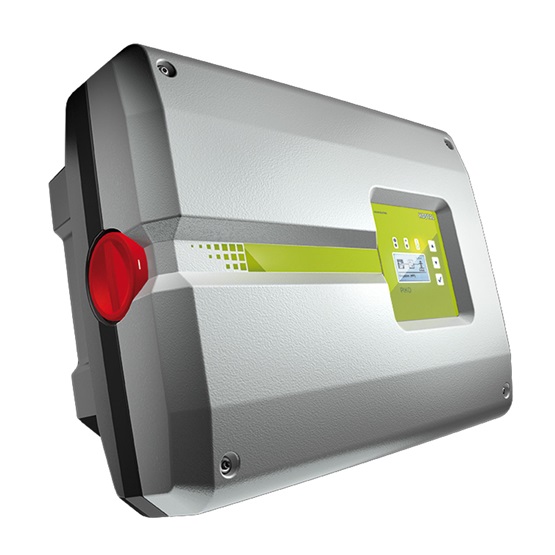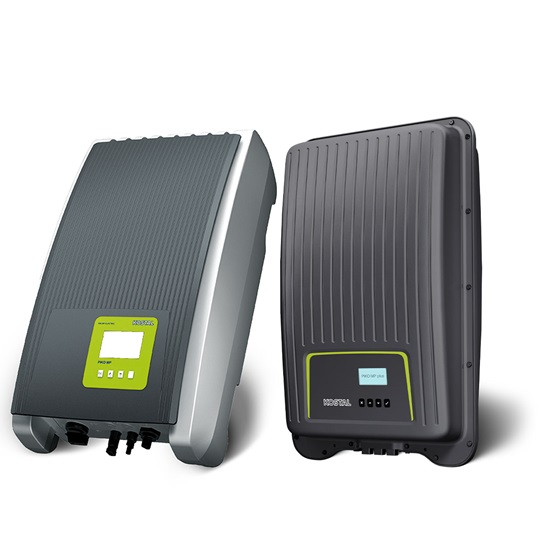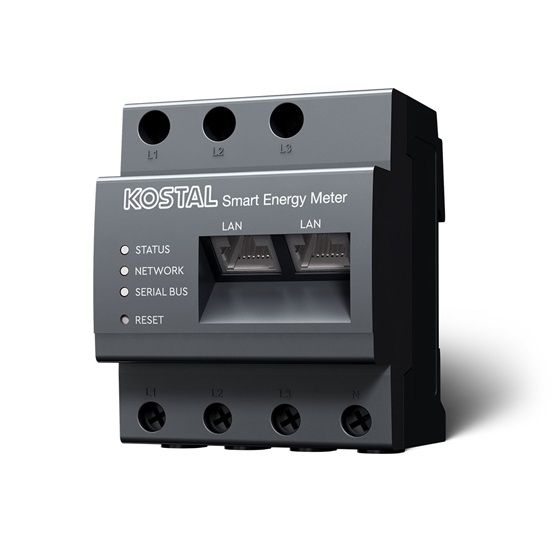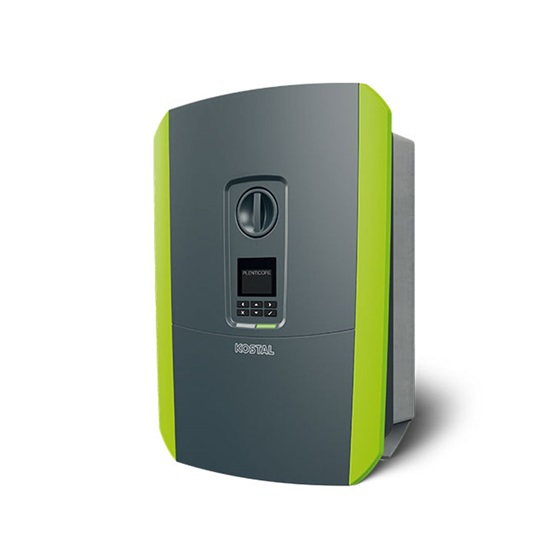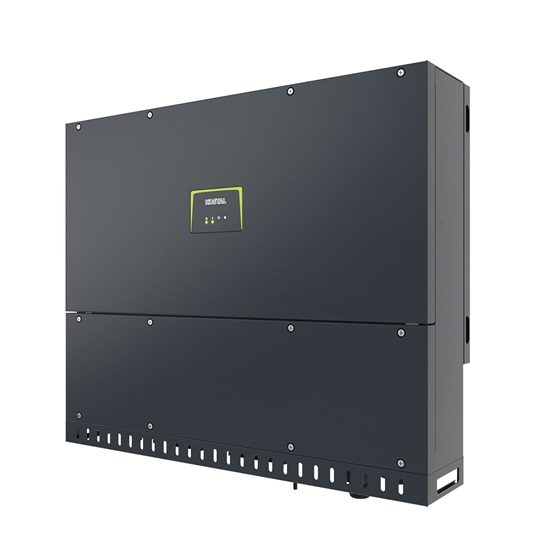2022 and beyond – what the future will bring
KOSTAL will continue to inspire its customers with innovative and market-leading solutions.
This year, KOSTAL is launching its own AC wallbox. In combination with the KOSTAL Smart Energy Meter and the right activation code, the wallbox impresses customers with its exciting convenience features.
In addition, new functions are being continually added to the existing inverters, such as the higher input current for the PIKO CI commercial inverter or the communication enhancements for the PLENTICORE plus hybrid inverter. A completely new generation of inverters with exciting innovations is also waiting in the wings.
In order to bring innovations to market in series production, KOSTAL has been involved in research projects ever since its very first inverter. Currently, for example, work is already being undertaken on bidirectional DC wallboxes and corresponding applications.
Shaping the energy transition together – with KOSTAL, the future remains exciting.



